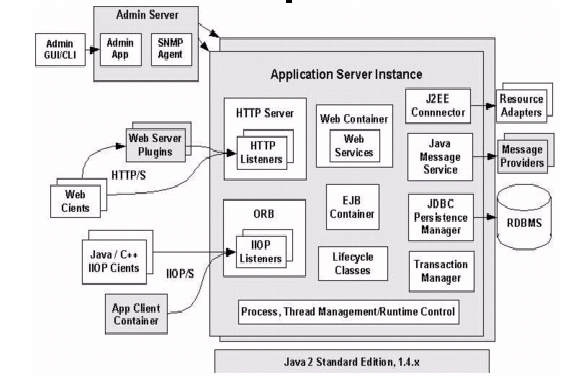|
|
|
|
|
|
One design goal of Java is portability, which means that programs written for the Java platform must run similarly on any combination of hardware and operating system with adequate runtime support.
This is achieved by compiling the Java language code to an intermediate representation called Java bytecode, instead of directly to architecture-specific machine code.
Java bytecode instructions are analogous to machine code, but they are intended to be executed by a virtual machine (VM) written specifically for the host hardware.
End users commonly use a Java Runtime Environment (JRE) installed on their own machine for standalone Java applications, or in a web browser for Java applets.
 Standardized libraries provide a generic way to access host-specific features such as graphics, threading, and networking.
Standardized libraries provide a generic way to access host-specific features such as graphics, threading, and networking.
A major benefit of using bytecode is porting. However, the overhead of interpretation means that interpreted programs almost always run more slowly than programs compiled to native executables would. Just-in-Time (JIT) compilers were introduced from an early stage that compile bytecodes to machine code during runtime.
|
|
|
|
|
|
|